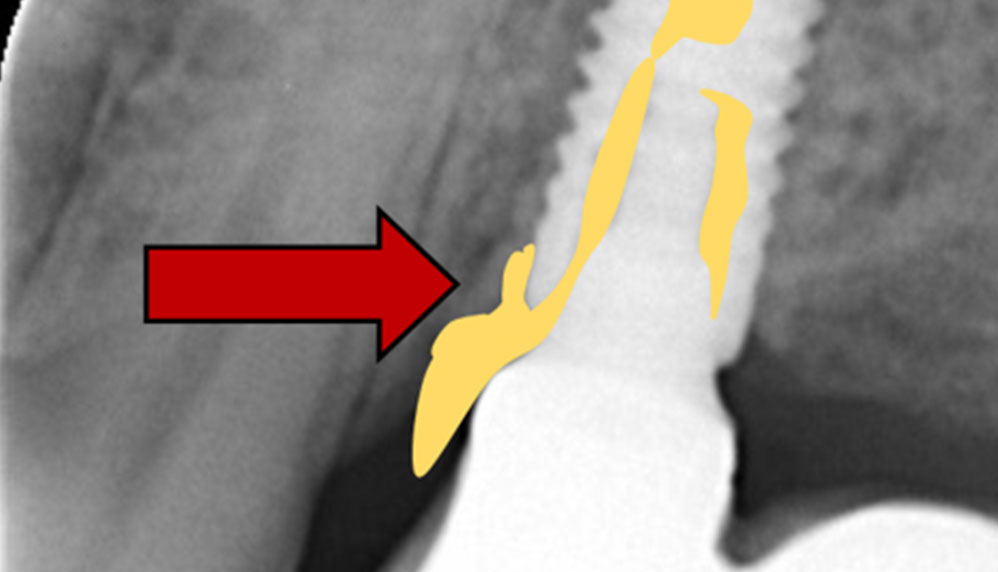
Preventing Peri-implant Disease by Safer Prosthesis Installation: Managing the Macrogap and Residual Subgingival Cement
Dental implants are used in dentistry as tooth root replacements that can be used to retain replacement teeth. Dental implant abutments are used to connect dental implants to the dental prosthesis. The implant-abutment connection is often located in the deep subgingival space, close to the alveolar bone adjacent to the dental implant. There is much research that discusses the importance of the fit of the implant-abutment connection. Indeed, the fit of this joint is critical to its stability during oral function and its ability to prevent penetration by oral pathogens. Poor implant abutment fit is a known risk factor for peri-implant disease. The machines that are used to make implants and abutments can work at an accuracy of ±5 microns and better.1 The inaccuracy of fit of implant components, that is contributed by the machined parts can referred to as the implant-abutment microgap.
The Canadian Government classifies dental abutments as Class 3 implantable devices, like dental implants. They have established fit and stability criteria for implant-abutment connections, for manufacturers that wish to sell these implantable products in Canada. These criteria are intended to ensure a level of fit and stability of the implant-abutment connection, that is intended to enhance the safety of implant based treatment for patients.


Sorry, the comment form is closed at this time.